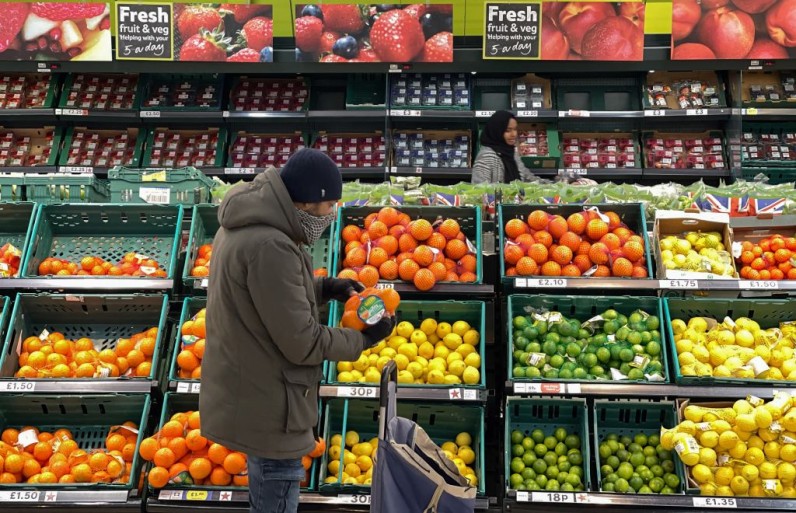Grocery price inflation in the United Kingdom (UK) has slowed to its lowest level since October 2021 and is gradually returning to "more normal levels," which implies that the cost-of-living squeeze is easing this month, according to industry data.

UK Grocery Price Inflation Dropped to the Lowest Level Since October 2021
According to the Financial Times, research firm Kantar said Tuesday that the annual grocery price inflation, the rate at which prices increase, has fallen to 2.4% in the four weeks to mid-May, down from April's 3.2% and the lowest since October 2021.
The latest number was also 0.8% higher compared to the average of 1.6% in the 10 years to 2021, just before prices started to rise. The data was released ahead of official figures to be published on Wednesday, which was expected to reveal that price rises are slowing.
Economists surveyed by Reuters predict that the price increase slowed to 2.1% in April, down from 3.2% in March and slightly higher than the Bank of England's 2% target.
Read Also : UK Recovers From Recession With 0.6% GDP Growth
Lower Food and Energy Prices Expected in Official Inflation Data
April's dip in the official inflation measure is predicted to be driven by reduced energy costs. Kantar data indicated that food inflation also continued to decline since reaching a 45-year high of 19.2% in March 2023.
According to Kantar, the effect of the food and energy price spikes that followed Russia's invasion of Ukraine has mostly faded. The impact was reportedly felt worst by low-income families.
Lower inflation might boost consumer spending as salaries increase at a steady rate. The growth in spending would help the economy recover from the recession last year. The easing of price increases has escalated expectations that the Bank of England will implement interest rate cuts this summer.







Join the Conversation